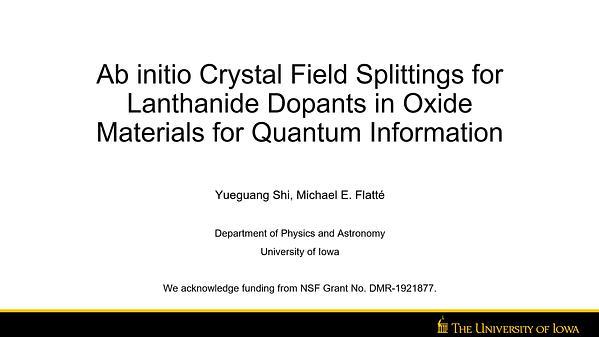
Premium content
Access to this content requires a subscription. You must be a premium user to view this content.

technical paper
Observation of Short Period Helical Spin Order in Nonchiral Centrosymmetric Helimagnet MnCoSi
Recent development of next-generation information storage has been focused on applications exploiting the spin degree of freedom. Much attention has been given to helimagnets in which the direction of the spins spatially rotates in a plane perpendicular to their propagation vector. With application of external magnetic field, the ground state of stripes transforms into various nontrivial spin textures with unique topological numbers, such as skyrmion tubes (1), skyrmion bubbles (2), and magnetic solitons (3, 4). In this talk, we will show that the pure helical orders with a period of approximately 3.6 nm was observed in the single crystals of meta-magnet MnCoSi5. To elucidate the internal 3D magnetic spiral configurations in real space, the multi-azimuth and multi-angle imaging approach of Lorentz transmission electron microscopy (LTEM) was applied, see Figure 1. The sinusoidal modulation of the line profile outlines the stripes with a period (L) of 3.6 nm along the 001 direction. The short-period spin order is further verified by satellite spots adjacent to the main reflections in the enlarged selected area electron diffraction (SAED) patterns. The serial-tilting characterization for the 100 thin plate confirms the stable appearance of periodic stripes along different crystallographic directions. These results strongly imply that a robust and ultrafine helical magnetic order exists in the non-chiral metallic metamagnet MnCoSi at room temperature. The discovery of nanometric spin order in MnCoSi can path a way towards interesting spintronic applications, notably the realization of a room-temperature emergent inductor.
References:
(1) M. T. Birch, D. Cortés-Ortuño, L. A. Turnbull, et al., Nat. Commun. 11 (1), 1726 (2020).
(2) X. Z. Yu, Y. Onose, N. Kanazawa, et al., Nature 465 (7300), 901-904 (2010).
(3) B. Roessli, J. Schefer, G. A. Petrakovskii, et al., Phys. Rev. Lett. 86 (9), 1885-1888 (2001).
(4) T. Nagai, K. Kimoto, K. Inoke, et al., Phys. Rev. B 96 (10) (2017).
(5) B. Ding, J. Liu, H. Li, et al., Adv. Funct. Mater. 32 (19), 2200356 (2022).


